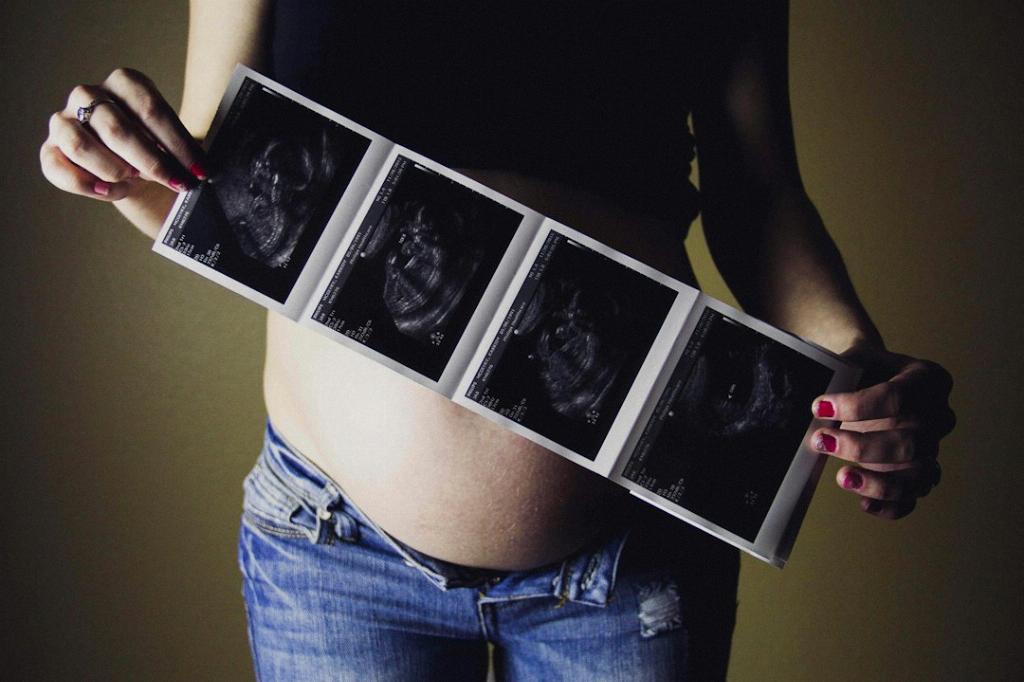Dealing with a keloid scar after a C-section can be a challenging experience for many women. It’s essential to understand why these scars can become itchy to effectively manage the discomfort and take appropriate steps for relief.
What are Keloid Scars?
Keloid scars are an overgrowth of scar tissue that can occur after a surgical procedure, such as a C-section. Unlike regular scars that are flat and may fade over time, keloid scars are raised, thickened, and can extend beyond the original incision site.
Factors Contributing to Itchiness
Itchiness associated with keloid scars, including those from a C-section, can be attributed to several factors. One primary reason for the itchiness is the increased nerve endings and blood flow in the keloid tissue, making it more sensitive to sensations like itching.
Role of Skin Healing Process
During the healing process of a C-section incision, the body produces collagen to repair the skin. In the case of keloid scars, the body overproduces collagen, leading to the formation of dense, itchy scar tissue.
Genetic Predisposition
Individuals with a genetic predisposition to keloid scarring are more likely to develop keloids after surgeries like a C-section. This genetic factor can contribute to the itchiness experienced in keloid scars.
Inflammation and Irritation
Itchiness in keloid scars can also be triggered by inflammation and irritation in the scar tissue. Factors like clothing rubbing against the scar, exposure to allergens, or dry skin can exacerbate the itchiness.
Management Strategies
Managing the itchiness associated with keloid scars from a C-section involves a multi-faceted approach. Topical treatments, such as silicone gel sheets or creams, can help alleviate the itchiness and improve the appearance of the scar over time.
Medical Interventions
In some cases where the itchiness is severe or impacting daily life, medical interventions like corticosteroid injections or laser therapy may be recommended by healthcare professionals to address the discomfort.
Self-Care Practices
Practicing self-care measures, such as keeping the scar moisturized, avoiding tight clothing that can irritate the scar, and using gentle cleansers, can help prevent further itchiness and promote healing of the keloid scar.
Seeking Professional Advice
If you are experiencing persistent itchiness or discomfort from a keloid scar after a C-section, it is essential to consult with your healthcare provider. They can assess the scar, provide personalized recommendations, and ensure proper management of the condition.
Emotional Support
Coping with the physical and emotional aspects of keloid scars can be challenging. Seeking support from loved ones, support groups, or mental health professionals can help in dealing with any stress or concerns related to the scar.
Conclusion
It is crucial to understand the factors contributing to itchiness in keloid scars from a C-section and take proactive steps to manage the discomfort effectively. By incorporating a combination of treatment options, self-care practices, and seeking professional advice, individuals can alleviate the itchiness and promote healing of the scar.

